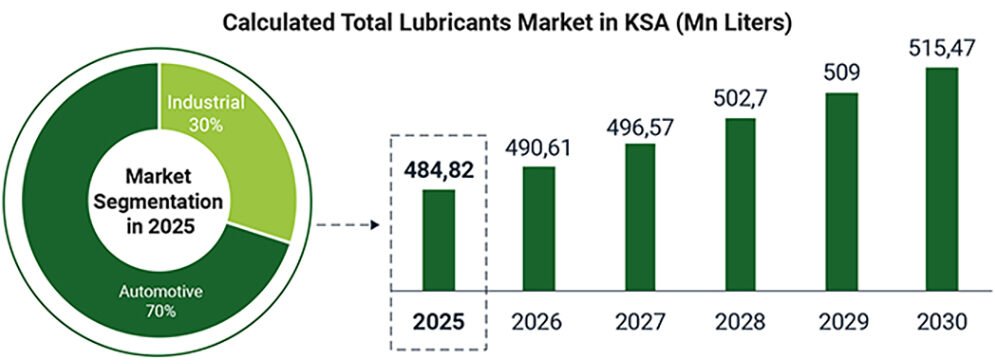Saudi Lubricants Market Shifts into High Gear with Vision 2030
In Saudi Arabia, lubricants have long been a vital component of industrial and automotive operations. Today, their role is expanding from essential maintenance products to strategic enablers of mobility, infrastructure, and sustainability under Vision 2030.

17 Million Vehicles by 2030: A Market in Motion
The roads of Saudi Arabia are getting busier. With private vehicle ownership projected to surpass 17 million by 2030, the demand for automotive lubricants is surging. This isn’t just about volume—it’s about performance. High temperatures and long-distance travel mean consumers are seeking synthetic, durable lubricants that can keep engines running smoothly in harsh conditions. The market is responding with faster service models, digital ordering platforms, and diversified product lines tailored to regional needs.
175,000 Female Drivers: A New Chapter in Mobility

The shift isn’t only mechanical—it’s cultural. Since the lifting of the driving ban, over 175,000 women have received licenses, with millions more expected to follow. This demographic change is reshaping the Saudi Lubricants Market in subtle but powerful ways. Women are entering the mobility space not just as drivers, but as informed consumers. The automotive sector is growing at 9% in 2025—triple the pace of previous years—driven in part by this new wave of ownership and engagement.
EVs on the Rise: Lubricants for a New Era
As electric vehicles become more visible on Saudi roads, the lubricant landscape is shifting again. Traditional engine oils may be declining, but they’re not disappearing. Mixed fleets—where combustion and electric vehicles coexist—mean that demand for conventional lubricants will remain steady for years. At the same time, the Saudi Lubricants Market is expanding into new territory: battery coolants, thermal management fluids, and specialized greases for electric drivetrains. These aren’t just niche products—they’re the future of fluid engineering in mobility.
30,000+ Buses: Tourism Drives Demand
Mobility in Saudi Arabia is a collective transformation. With tourism expected to reach 150 million annual visitors by 2030, the Kingdom’s transport infrastructure is scaling rapidly. More than 30,000 buses support pilgrimage logistics alone, and thousands more serve cultural and commercial hubs. This movement fuels consistent demand for lubricants that can withstand high usage, long routes, and extreme conditions. In this context, the Saudi Lubricants Market becomes a backbone of national connectivity.
Infrastructure Expansion: Industrial Lubricants Take Center Stage
Beyond mobility, Saudi Arabia’s infrastructure boom is creating new frontiers for lubricant demand. Railways, metros, and highways require fluids that can handle friction, pressure, and environmental stress. Industrial lubricants—once a quiet segment—are now central to the Kingdom’s growth strategy. As public spending on infrastructure climbs, so does the need for high-performance, long-lasting lubricants that support maintenance and operational efficiency.
Localization & Innovation: A Competitive Edge
The Saudi Lubricants Market isn’t just growing. It’s getting smarter. Local players like Petromin and global brands are adapting to localization policies and the rise of EVs. The focus is shifting from product alone to service, accessibility, and value. Mix-and-match facilities, app-based ordering, and brand collaborations are redefining how lubricants are distributed and consumed. It’s a market where innovation meets tradition, and where agility is rewarded.
Conclusion: Lubricants as a Lens into Saudi Arabia’s Future
The Saudi Lubricants Market is more than a supply chain, it’s a reflection of a nation in motion. From female drivers to electric fleets, from pilgrimage buses to megaprojects, lubricants are quietly powering the engines of change. As Vision 2030 unfolds, this market will continue to mature, diversify, and drive forward—one drop at a time.
Also Read: Saudi Crude Exports Hit 6.19M BPD in May: What It Means for Lubricants Demand




